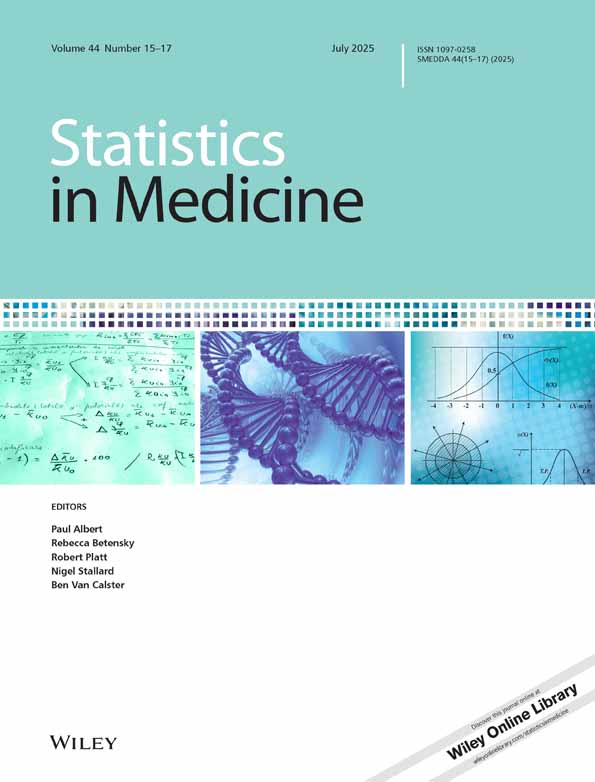Optimizing the design of clinical trials where the outcome is a rate. Can estimating a baseline rate in a run-in period increase efficiency?
Abstract
It is well known that the statistical power of randomized controlled trials with a continuous outcome can be increased by using a pre-randomization baseline measure of the outcome variable as a covariate in the analysis. For a trial where the outcome measure is a rate, for example in a therapeutic trial in Alzheimer's disease, the relevant covariate is a pre-randomization measure of that rate. Obtaining this requires separating the total follow-up period into two periods. In the first ‘run-in’ period all patients would be ‘off-treatment’ to facilitate the calculation of baseline atrophy rates. In the second ‘on-treatment’ period half of the patients, selected at random, would be switched onto active treatment with the others remaining off treatment. In this paper we use linear mixed models to establish a methodological framework that is then used to assess the extent to which such designs can increase statistical power. We illustrate our methodology with two examples. The first is a design with three evenly spaced time points analysed with a standard random slopes model. The second is a model for repeated ‘direct’ measures of changes used for the analysis of imaging studies with visits at multiple time points. We show that run-in designs can materially reduce sample size provided that true between-subject variability in rates is large relative to measurement error. Copyright © 2008 John Wiley & Sons, Ltd.




